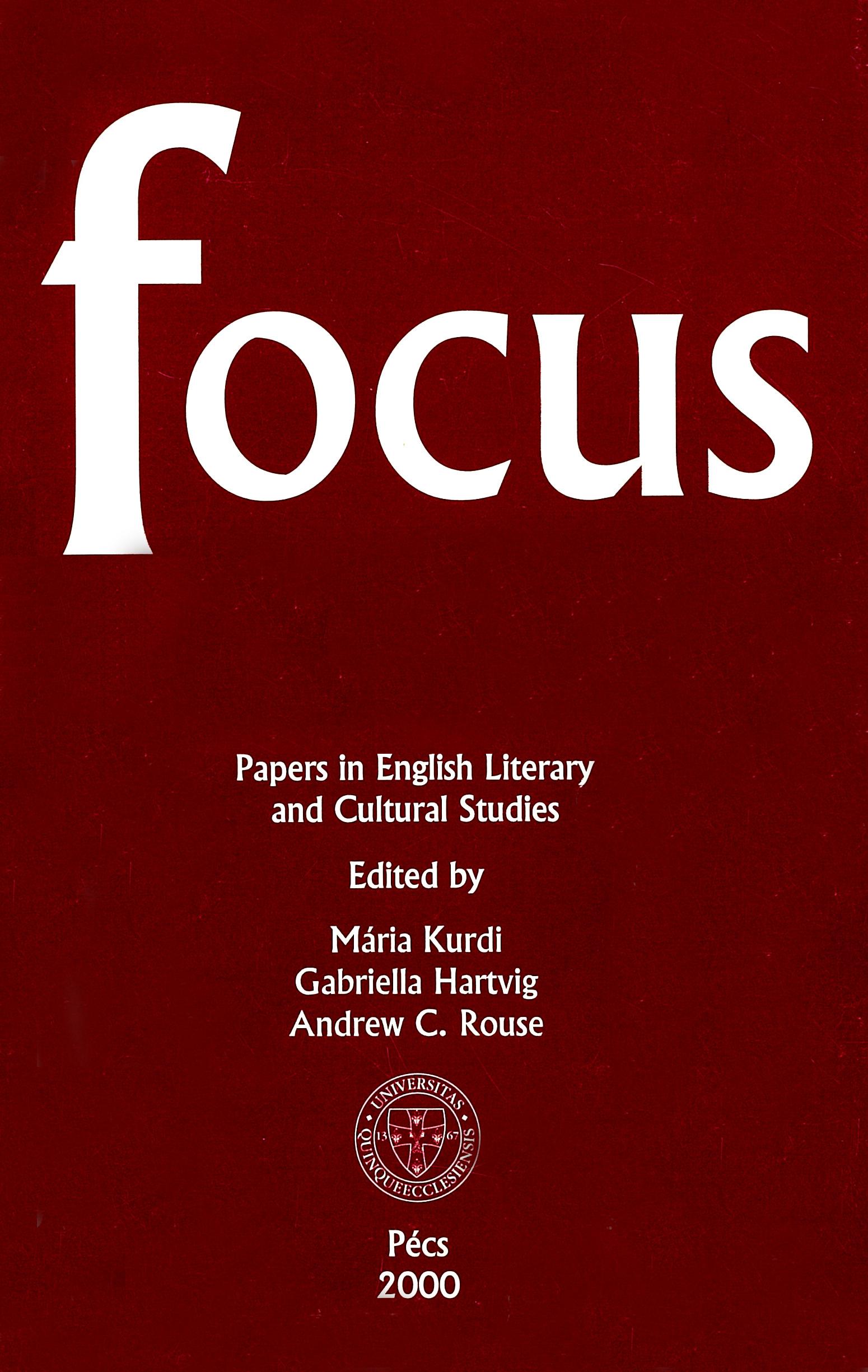Alum, Ground Bones and Pebbles: Reader Resistance in The English Broadside
Abstract
The known market for London broadsides in the seventeenth century was upwards of twenty thousand, according to Raymond Williams (Long Revolution 182). Moreover, many of these buyers were drawn precisely from those groups that are known to have been active transmitters of occupational songs. Many broadside printers were established in London, and increasingly elsewhere, with the specific intention of serving the new audience of skilled workers, as suggested by the occupations mentioned in the song titles: “The Collier Lad’s Lament,” “The LoveSick Serving Man,” “The London Prentice” and so on. According to Dave Harker, broadsides became the predominant literary form current amongst working people, above all in the towns, in pre-industrial times (193). Through them, a particular song could be disseminated through an area, and a social spectrum, much wider than that covered by an individual performer.
Downloads
Published
How to Cite
Issue
Section
License

This work is licensed under a Creative Commons Attribution-NonCommercial-NoDerivatives 4.0 International License.
FOCUS: Papers in English Literary and Cultural Studies follows the principles laid down by Creative Commons, which provides guarantees for the Author’s copyright while also ensuring that intellectual properties are made available for the wider public in a digital form. All papers submitted to the journal apply the following licence conditions (indicated on the journal’s website as well as in individual publications):
“© This work is licensed under a Creative Commons Attribution-NonCommercial-NoDerivatives 4.0 International License.”
You are free to:
- Share, copy and redistribute the material included in the journal in any medium or format under the following terms:
- Attribution — You must give appropriate credit to the Author, and indicate the original place of publication [FOCUS: Papers in English Literary and Cultural Studies, Issue nr., page numbers.].
- NonCommercial — You may not use the material for commercial purposes.
- NoDerivatives — You are not allowed to remix, transform, or build upon the material.
- The above conditions must always be indicated if the journal material is distributed in any form.
- The above conditions must always be met, unless a written permission signed by the Author and the Editor-in-Chief states otherwise.

